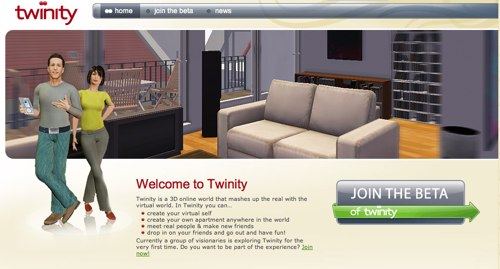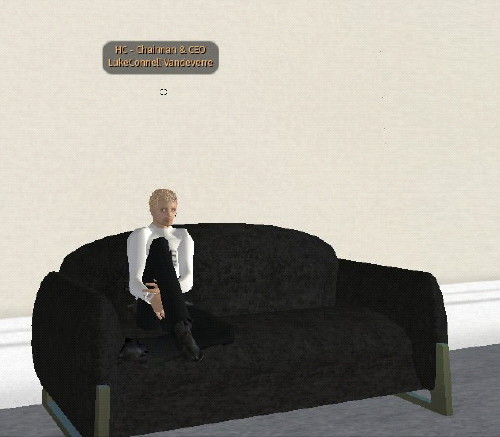Katt Linden is the new Communications Manager and she’s announced a review of the current communications mechanisms like the blog and Second Life forums.
Katt is claiming a brief of monitoring the blogosphere and getting some changes happening but is also forthright on patience being needed. I’m not sure how much patience is left in some spheres but a dedicated resource at Linden Lab on Communications should surely bring some further improvements.






Recent Comments